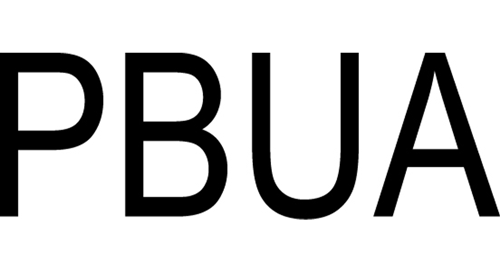OPED – PUBLISHED JULY 28, 2023
The state of Black America and Black Cleveland is troubled: Gregory L. Brown and Marsha Mockabee
By Guest Columnist, cleveland.com
CLEVELAND — Two recently released reports benchmark and illustrate the effects of systemic inequities, racial hatred, and discriminatory policies and practices experienced by people of color in America, particularly African Americans.
The first is the National Urban League’s “State of Black America,” which is an analysis of the explosive growth of domestic extremism and systemic inequities in the areas of economics, employment, health, housing, criminal justice, and civic participation. The report details how domestic extremists in America are now advocating for the elimination of our civil liberties, infiltrating our military ranks, law enforcement and political systems.
LATEST REPORT – RELEASED MAY 2023
The State of Black Cleveland
The state of the Black community in Cleveland has been affected by many issues over recent years. Topics ranging from the impact of the Coronavirus pandemic, the digital divide, systemic disinvestment in communities of color and much more have all contributed to troubling outcomes that have stymied progress and perpetuated poverty, unemployment and trauma. For the sake of this report, the following five areas are being highlighted for further review and analysis: Health Disparities, Education, Economic Opportunity, Neighborhoods and Housing and Community Violence. Challenges associated with these five areas have resulted in the current State of Black Cleveland being defined as “Troubled” or “Marginalized”.
Improving Policy and Encouraging Opportunity
America is in Crisis and Racism is the Culprit!
From a practical perspective racism is expensive…. Read Complete Paper
After Months of Protests for Racial Equality: Where Are We Now?
“You’ve heard people say, ‘I can’t breathe’ wasn’t just about someone with a knee on their neck. Many feel that there’s that’s a metaphor for many facets of life…” Randell McShepard said.
Policy History
Did You Know?
US Senate Filibuster – A History of Civil Rights
Then and Now
Known to be one of the most controversial traditions in crafting American policy. The Filibuster, a word originating from the Dutch, that translates to “pirate”, is suitable in principle, because its purpose is to hijack a debate or a vote on legislation in the U.S. Senate.
HISTORY
Standing Tall? In the past Senators would stand before congress to filibuster a measure
In the early 1900s, filibusters by southern Senators were well-organized power plays, to stop any attempt to extend equal rights to African Americans. For decades, the House would pass bills to outlaw discrimination and protect African American’s voting rights. Only to watch those bills be stopped in the Senate by filibusters. During a time when white mobs lynched black people with impunity, filibusters were used to kill anti-lynching bills in 1922, 1935, 1938, 1948 and 1949. Read More…
Policy
Ohio Has New District Maps
Ohio is now using maps declared twice unconstitutional by Ohio Supreme Court due to gerrymandering. Redistricting (aka gerrymandering) Is the process of drawing new congressional and state legislative district boundaries.
Senate Bill 175,
Effective Date
April 6, 2021
The Ohio House passed a “stand your ground” measure on Thursday that would remove any “duty to retreat” before using force in self-defenses making Ohio the 36th state.








